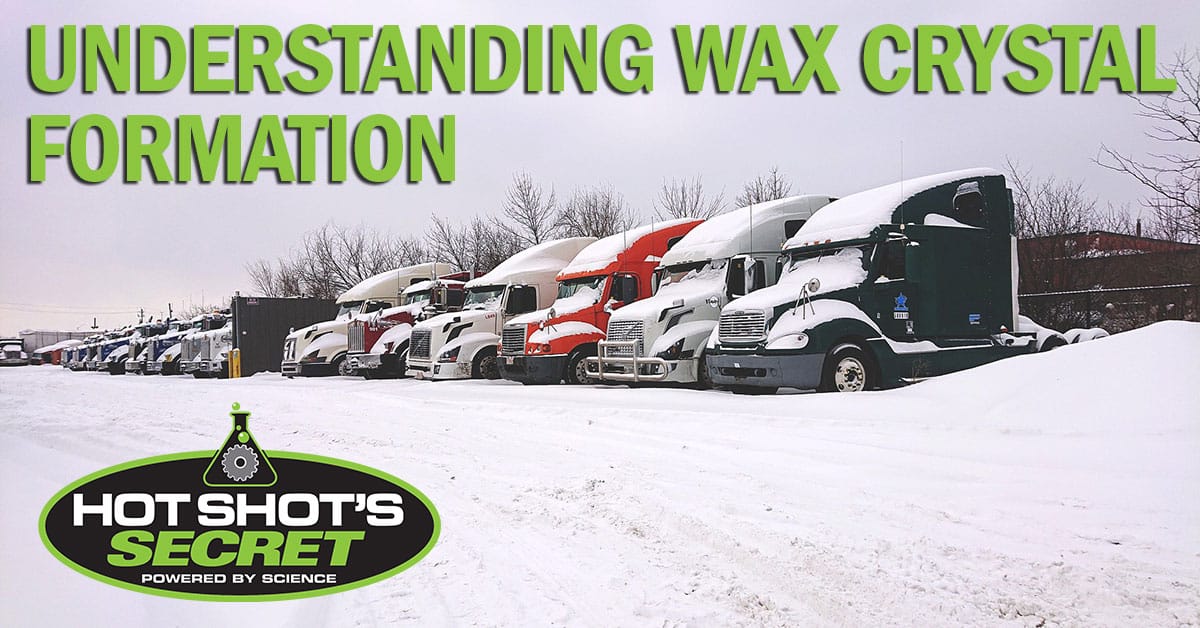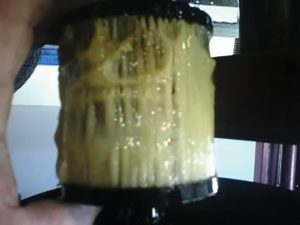
Every diesel owner understands the hardships that follow the drop in temperatures. With Winter right around the corner, it is time to start preparing for common problems that arise and trying to be one step ahead of them. Part of that preparation should be to understand how cold weather will affect the performance of your engine.
Why Do Wax Crystals Form in Diesel Fuel?
A small percentage of diesel fuel is paraffin wax. Under mild to high temperatures, this wax helps an engine to generate more power and efficiency from the fuel. However, under lower temperature conditions the wax crystallizes and thickens the fuel. If temperatures drop too low and enough of the wax has crystallized, the flow of fuel will begin to slow down and eventually could plug the fuel lines and filter, completely robbing the engine of fuel.
How Do I Tell If Crystals Are Forming In My Diesel Fuel?
Some early signs this may be happening to your fuel will be hard starts, a noticeable loss of power, and dips in overall fuel economy. If you are noticing any of these signs during cold weather, you should take action immediately by adding an anti-gelling additive to your fuel. Doing so can help prevent the worst-case scenario, which is a plugged fuel filter. The point at which the fuel is no longer able to flow through the filter is known as the cold filter plugging point (CFPP). The CFPP can be as high as 0 degrees Fahrenheit depending on the quality of the fuel.

A gelled fuel filter.
Other Tell-Tale Signs of Wax Crystal Formation
Aside from CFPP, there are a few other things to be aware of and monitor throughout the cold winter months. The Cloud Point is the point at which fuel first begins forming crystals. This typically happens when temperatures reach about 40 degrees Fahrenheit. When fuel reaches its cloud point, the fuel will start to visibly become cloudy. Similarly, the fuel’s Pour Point is the point in which the wax crystals have formed enough to turn the once liquid fuel into more of a gel-like substance. Once the pour point is reached, the fuel no longer flows freely and can begin clogging the fuel lines and filter. This typically begins once outside temperatures fall below freezing.
Your fuel filter isn’t the tough son of a gun the marketers make it out to be. In fact, your fuel filter in the winter can gel up causing hard starts, loss of power, fuel economy, and no starts at all. Protecting your filter from gelling or wax crystal formation is simple. Just add Hot Shot’s Secret Winter Diesel Anti-Gel with every fill-up during the cold winter months. The proprietary additives protect your fuel from freezing to temperatures down to negative 40 degrees Fahrenheit. Hot Shot’s Secret Winter Anti-Gel also provides a needed cetane boost, improves cold starts, and adds lubricity to improve fuel economy. If you find yourself out of luck and your filter is plugged and your rig is starting, there’s no need to fear. Hot Shot’s Secret Diesel Winter Rescue will thaw frozen fuel filters and de-gels fuel in tanks, lines, and pumps to get you up and running without missing a beat.
